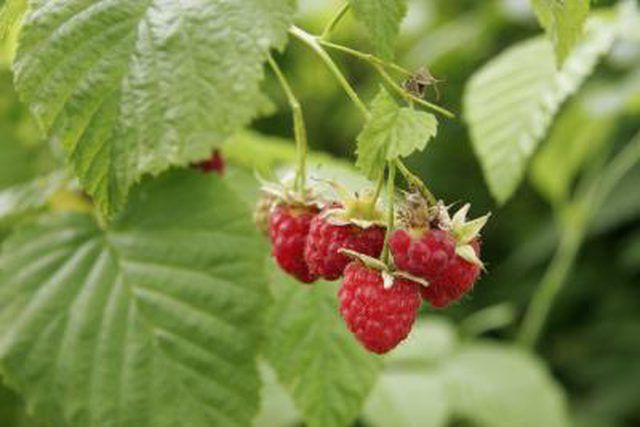Bulbs
Flower Basics
Flower Beds & Specialty Gardens
Flower Garden
Garden Furniture
Garden Gnomes
Garden Seeds
Garden Sheds
Garden Statues
Garden Tools & Supplies
Gardening Basics
Green & Organic
Groundcovers & Vines
Growing Annuals
Growing Basil
Growing Beans
Growing Berries
Growing Blueberries
Growing Cactus
Growing Corn
Growing Cotton
Growing Edibles
Growing Flowers
Growing Garlic
Growing Grapes
Growing Grass
Growing Herbs
Growing Jasmine
Growing Mint
Growing Mushrooms
Orchids
Growing Peanuts
Growing Perennials
Growing Plants
Growing Rosemary
Growing Roses
Growing Strawberries
Growing Sunflowers
Growing Thyme
Growing Tomatoes
Growing Tulips
Growing Vegetables
Herb Basics
Herb Garden
Indoor Growing
Landscaping Basics
Landscaping Patios
Landscaping Plants
Landscaping Shrubs
Landscaping Trees
Landscaping Walks & Pathways
Lawn Basics
Lawn Maintenance
Lawn Mowers
Lawn Ornaments
Lawn Planting
Lawn Tools
Outdoor Growing
Overall Landscape Planning
Pests, Weeds & Problems
Plant Basics
Rock Garden
Rose Garden
Shrubs
Soil
Specialty Gardens
Trees
Vegetable Garden
Yard Maintenance
When to Pick Wild Raspberries
When to Pick Wild Raspberries. The wild raspberry (Rubus idaeus L.) is native to North America where it is hardy in U.S. Department of Agriculture plant hardiness zones 3 to 7. The white blossoms appear in mid to late spring or early summer, and the berries ripen and are ready to pick starting in June in warm areas, and in July and August in...

The wild raspberry (Rubus idaeus L.) is native to North America where it is hardy in U.S. Department of Agriculture plant hardiness zones 3 to 7. The white blossoms appear in mid to late spring or early summer, and the berries ripen and are ready to pick starting in June in warm areas, and in July and August in cooler parts.
What to Look For
Wild raspberry plants are characterized by compound leaves composed of three to seven serrated leaflets on a single stem that can grow to 8 inches long along the sides and tips of prickly canes that grow to 5 feet. The tops of the leaves are green, while the bottoms are almost white. Young canes are green to greenish-maroon, and older canes that generally produce little to no fruit exhibit scaly peeling bark. The greenish-white flowers don't last long and are soon replaced by berries that are ready to pick when they are completely red, plump and juicy. Avoid picking partially ripened berries, as they do not continue to ripen once picked. Once separate from the plant, each delicate berry reveals a hollow center where it was attached to the core.
Where to Find Them
Also called brambles because of their thorny canes, wild raspberries can be found growing just about anywhere you'd least expect them to. Roadside ditches, woodland edges, old gravel pits or open fields are common habitat. It's not uncommon to find raspberries on an old abandoned homestead growing on plants that were once lovingly tended but that have since gone wild. If left undisturbed, wild raspberry stands can grow quite dense over time, as the older canes become crowded out by the newer fruiting canes. To the untrained eye, raspberry bushes are just more shrubs in the landscape. But once the flowers open and the bright pinkish-red berries appear in early to late summer, they're hard to miss.
How to Pick Them
Picking wild raspberries can be a prickly undertaking if you're not prepared. They usually ripen when the weather is warm to uncomfortably hot, so protect yourself with sunscreen and a big floppy hat. Bring along an insect repellant to ward of mosquitoes, and wear long pants, socks and a long-sleeved shirt to protect yourself from the thorns. Sturdy shoes that allow you to maneuver the rough terrain where some wild raspberries grow are also a good idea. Make a hands-free harvesting receptacle by tying sturdy string to a pail or other container and wear it around your neck while picking. Exercise good judgment along roadsides, where the dense growth may have been treated with herbicides. When picking in a remote area, make a lot of noise to discourage other berry-lovers such as bears from joining you for a snack.
What to Do with Them
Once you get your wild raspberry bounty home, refrigerate it immediately, and don't wash the berries until you are ready to use them. Raspberries fall apart very quickly after harvesting, so handle them gently while picking through and washing them. If you can wait that long without gobbling them up fresh, use the raspberries in your favorite dessert, such as a pie or muffins, or to make jam. You can freeze them by drying the berries well with paper towels after washing and placing them individually on a cookie sheet. Once frozen, transfer them into containers or freezer bags.